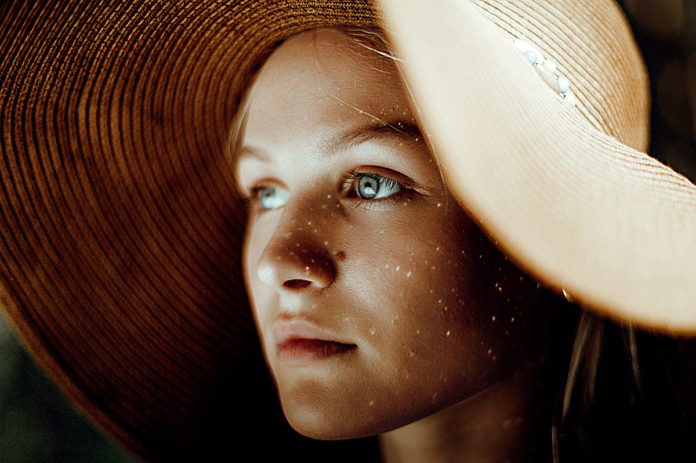future heroes
5 reasons to buy an ultra wide lens
 Super wide-angle lenses are a very specific class of optics, with their own features and fields of application. The effect they create is very difficult to replicate with other lenses or programs.
Super wide-angle lenses are a very specific class of optics, with their own features and fields of application. The effect they create is very difficult to replicate with other lenses or programs.
Lenses with a field of view of 90 or more degrees on the diagonal of the frame (that is, wider than those of the human eye) and a certain focal length are considered “super-widths”:
for cameras with APS-C matrix – from 15 mm and less;
for full-frame cameras – less than 24 mm.
Such optics is clearly associated with distortions – perspectives and geometry. Here, these lenses are divided into two classes: fisheye (fisheye) and rectilinear (without distortion). Continue reading
15 tips on how to develop creativity
 Photographs are becoming more “smart”, more and more perfect and more and more accessible. How did this saying sound from the students of the Moscow State University Journal in the 70s? “Give me Nikon and I will turn the world upside down?” And here he is, Nikon – but will the world turn upside down? Compared to the 70s, yes, but it’s not about Nikon.
Photographs are becoming more “smart”, more and more perfect and more and more accessible. How did this saying sound from the students of the Moscow State University Journal in the 70s? “Give me Nikon and I will turn the world upside down?” And here he is, Nikon – but will the world turn upside down? Compared to the 70s, yes, but it’s not about Nikon.
In a word, professional, master equipment is not always equal to professional, masterful photos. What you need to go ahead and develop as a photographer? To continue to create, faced with the creative block? To highlight your photos of the billions taken per year? In the end, to find your niche and attract customers? That’s right, creative.
For those who need to shake things up, return inspiration and look at their work from a new angle – 15 tips on how to develop creativity.
1. Forget the rules. Continue reading
MARTIN IVNING “ADOBE PHOTOSHOP CS5 FOR PHOTOGRAPHERS”
 I studied and learned photoshop, like most photographers – through separate video tutorials and articles, extracts from forums and books. A huge impetus was given to me by Dan Margulis’s book, which I’m still going to write about, but, unfortunately, it doesn’t fully reveal many of the Photoshop tools, especially the masks, as well as the various filters that I had to meet from additional sources.
I studied and learned photoshop, like most photographers – through separate video tutorials and articles, extracts from forums and books. A huge impetus was given to me by Dan Margulis’s book, which I’m still going to write about, but, unfortunately, it doesn’t fully reveal many of the Photoshop tools, especially the masks, as well as the various filters that I had to meet from additional sources.
This method of learning, of course, leads to gaps in the general understanding of Photoshop. Therefore, I began to look for a reference book that would fill these gaps, having built the overall picture of the work with the program. And she found it in the person of Martin Ewning’s book “Adobe Photoshop CS5 for Photographers”.
The book is a complete and competent tutorial on Photoshop, which today is not enough – count them by fingers. Unlike the “for dummies” manuals, it does not provide a specific processing sequence for a particular case, but tells about tools and methods in general, that it will allow the smart processor to decide which of these tools to use.
A DVD is attached to the book, which also contains several chapters from the textbook and additional materials. Continue reading




